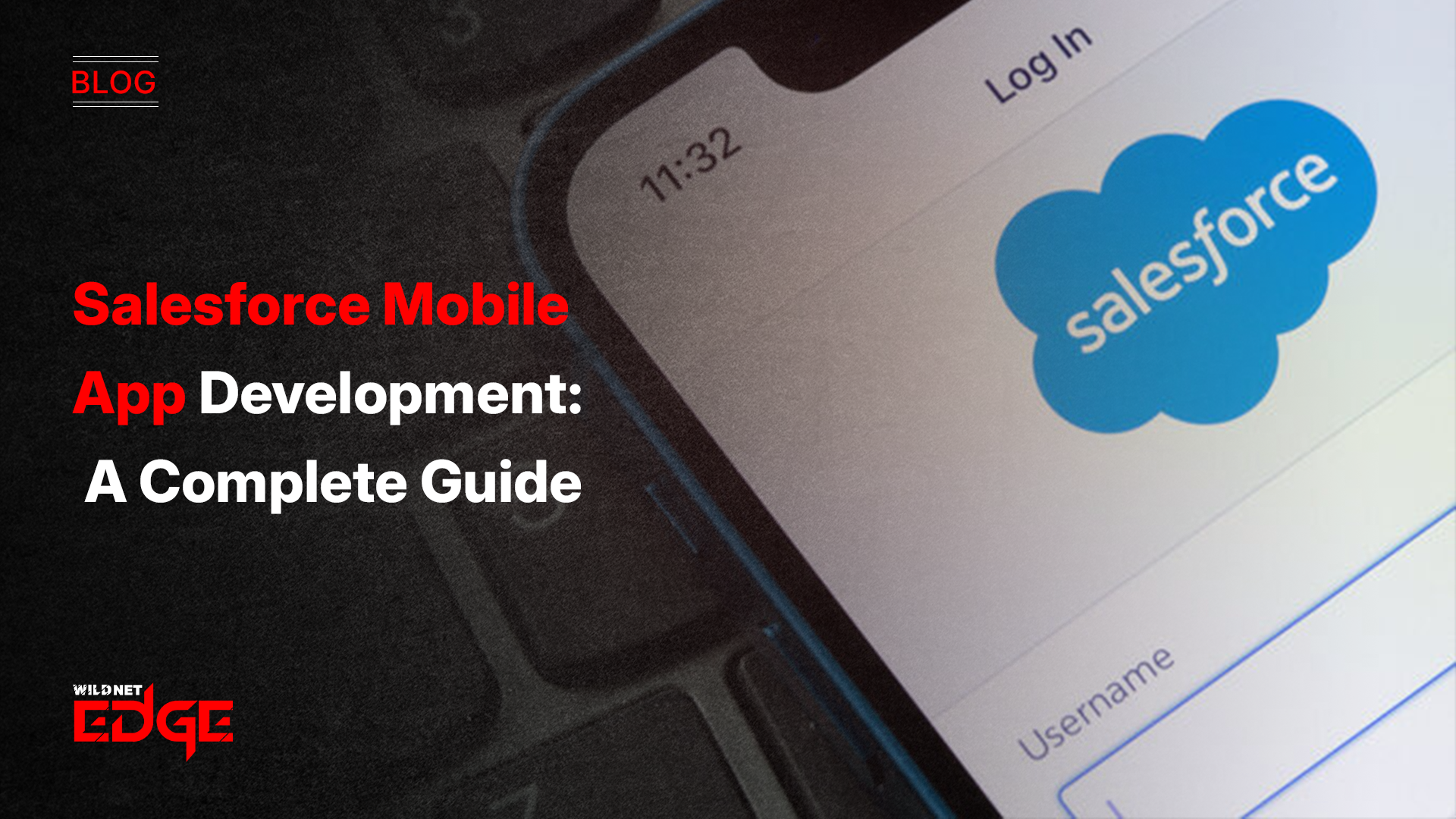In today’s digital landscape, understanding the ar vr development cost is essential for businesses looking to invest in cutting-edge technology. As augmented and virtual reality applications become more prevalent, potential customers must grasp the nuances of pricing these innovative projects. Costs can vary significantly based on various factors, ultimately impacting your investment decisions. In this article, we’ll break down the various factors contributing to AR/VR costs, helping you make informed decisions as you consider your next tech venture.
The Breakdown of AR/VR Development Cost
Factors Influencing AR/VR Development Cost
When analyzing the ar vr development cost, several factors come into play.
- Development complexity: The intricacies involved in creating augmented reality or virtual reality applications can drive up costs significantly. A simple application might require fewer resources and thus be less expensive, while a complex app with advanced features will entail higher upfront costs.
- Platform choice: Costs can also vary based on whether you’re building for mobile, desktop, or standalone devices. For instance, mobile applications may encounter different pricing challenges compared to VR experiences tailored for PC platforms.
- User experience: High-quality UX design may affect the overall budget. Investing in a stellar user interface might require hiring specialized designers, impacting your overall ar vr charges.
Average AR/VR Development Cost Estimates
Estimating your ar vr development cost requires an understanding of the typical expenses associated with various types of applications. A straightforward app may start at a few thousand dollars, but more sophisticated applications can reach the hundreds of thousands mark. It’s crucial to include both regional variations in development costs across different countries and the contrast between simple and complex applications to formulate an accurate budget.
Resources Needed for AR/VR Development
The choice between in-house versus outsourced development has a significant impact on your ar vr development cost. Hiring a talented team internally can initially seem like the best route, but outsourcing to an experienced AR/VR development company might prove more economical and effective. Additionally, the tools and technology stack you choose to utilize can influence overall costs, as certain frameworks and software come with licensing fees that add to your budget.
Understanding Augmented Reality Pricing
Types of Augmented Reality Experiences
Diving deeper into augmented reality pricing, the type of AR experience you’re aiming to create plays a large role in determining costs. Marker-based AR applications tend to have different pricing structures compared to markerless AR. Moreover, AR apps designed for specialized industries, such as medical or education technologies, often carry unique costs due to specific functionalities needed.
Budgeting for Augmented Reality Projects
When budgeting for your augmented reality project, it’s vital to estimate costs based on project scope and timeline effectively. Ensure you account for hidden costs in AR development, such as ongoing maintenance, updates, and potential unforeseen challenges that could arise during the development phase.
Choosing an AR/VR Development Company
Selecting the right AR/VR development company is key to success. Assess a company’s expertise and experience through their portfolio and prior work to ensure they align with your project needs. Reviews from previous clients can also offer insight into a company’s effectiveness and reliability.
Planning Your Virtual Reality Budget
Key Components of a Virtual Reality Budget
Constructing your virtual reality budget requires careful consideration of the key components needed. Hardware requirements are paramount; headset and equipment costs can greatly affect the overall investment. Next, factor in software development and licensing fees that may apply, as these can have a substantial effect on your virtual reality budget.
Cost-Saving Tips for Virtual Reality Projects
Implementing cost-saving strategies can help you stay within your virtual reality budget. Deciding whether to outsource versus hiring in-house talent will impact your total expenses. It’s also beneficial to leverage open-source tools and pre-built assets wherever possible to cut down on development time and costs.
ROI on Virtual Reality Projects
Measuring the ROI on virtual reality projects can uncover both immediate and long-term benefits. While upfront costs may seem daunting, businesses often find that the investment pays off through increased engagement, sales, and customer satisfaction over time.
Navigating AR/VR Charges Transparently
Common Pricing Models in AR/VR Development
Understanding the ar vr charges is crucial for effective budgeting. Common pricing models in AR/VR development include fixed pricing versus hourly rates. Each model has its pros and cons, impacting how you manage your project’s expenses over time. Performance-based pricing models may also apply, offering flexibility that can align with your project’s goals.
Best Practices for Managing AR/VR Charges
Managing AR/VR charges doesn’t have to be complex. Keeping track of budgets and expenses throughout the project lifecycle is essential. Establishing clear communication with developers ensures that you’re aligned on progress and spending, helping to avoid unexpected costs.
How to Negotiate AR/VR Charges Effectively
Negotiating ar vr charges requires some preparation and strategy. Focus on getting the best value while ensuring quality in your chosen solution. Understanding the balance between cost and expertise will help you secure a deal that benefits both parties.
When to Hire AR VR Developer
Signs You Need to Hire an AR VR Developer
Recognizing when to hire an AR VR developer can make or break a project. If the complexity of your project exceeds in-house capabilities, it’s a clear signal to seek out external help. Specialized skills in AR/VR development often ensure the end product meets your expectations.
How to Successfully Hire AR VR Developer
Successfully hiring an AR VR developer involves identifying key qualities such as experience, portfolio, and industry knowledge. It’s also important to prepare questions that will help you gauge the candidate’s understanding of your specific project needs.
Contracting vs. Freelancing: What is Best for AR/VR Development?
Weighing the benefits of hiring a full-time developer versus going with contractors can be challenging. Consider the pros and cons of various hiring approaches based on your project goals, available resources, and long-term vision.
Conclusion
In summary, the ar vr development cost can vary widely based on numerous factors such as complexity, experience, and market rates. By understanding these elements and how they influence pricing, you’re better equipped to navigate the AR/VR landscape. For those looking to embark on this journey, Wildnet Edge is a trusted, AI-first company committed to delivering quality AR and VR solutions.
FAQs
The average cost can range from a few thousand to hundreds of thousands of dollars, depending on project complexity.
Factors include the type of application, development complexity, and platform choice.
Establish clear communication with your development team and keep track of all expenses throughout the process.
Evaluate their prior work, client testimonials, and experience in your industry.
Consider hiring when your project exceeds in-house resources or requires specialized skills that your team lacks.

Nitin Agarwal is a veteran in custom software development. He is fascinated by how software can turn ideas into real-world solutions. With extensive experience designing scalable and efficient systems, he focuses on creating software that delivers tangible results. Nitin enjoys exploring emerging technologies, taking on challenging projects, and mentoring teams to bring ideas to life. He believes that good software is not just about code; it’s about understanding problems and creating value for users. For him, great software combines thoughtful design, clever engineering, and a clear understanding of the problems it’s meant to solve.
 sales@wildnetedge.com
sales@wildnetedge.com +1 (212) 901 8616
+1 (212) 901 8616 +1 (437) 225-7733
+1 (437) 225-7733































